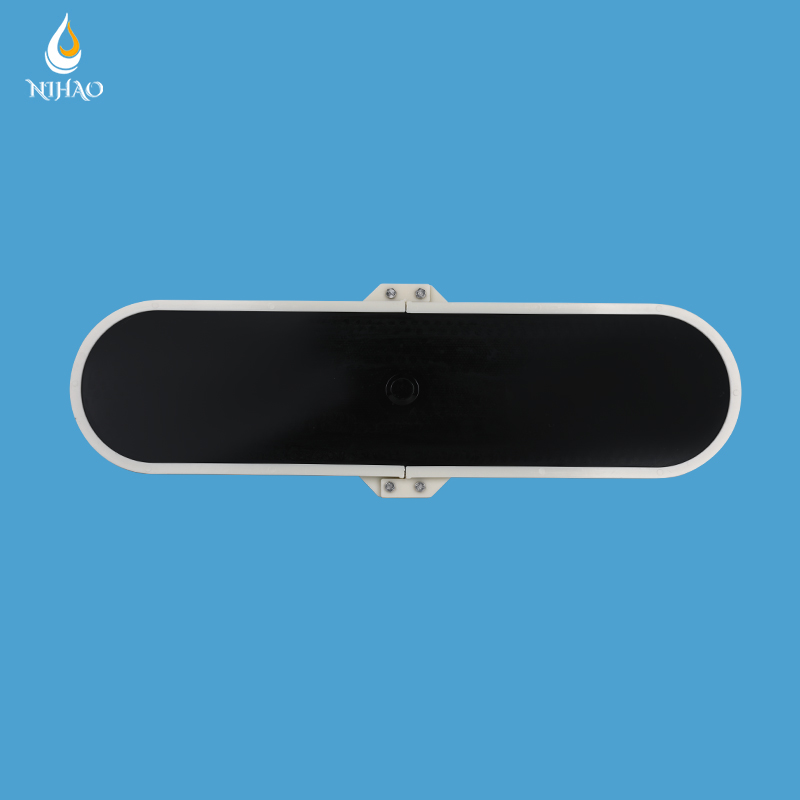 +86-15267462807
+86-15267462807
In the ever-evolving landscape of industrial water treatment, finding efficient and sustainable solutions is paramount. Plate diffusers have emerged as a key player in enhancing aeration and oxygen transfer processes within a variety of industrial applications.
Consider a prominent food processing plant that faced the challenge of treating wastewater with high organic content. This plant's prior reliance on traditional aeration methods not only proved costly but also inefficient. By implementing plate diffusers, the transformation in results was nothing short of remarkable. For instance, the fine bubble diffusion led to a staggering 30% improvement in oxygen transfer efficiency, ensuring better breakdown of organic matter. This, in turn, resulted in a remarkable 20% reduction in energy consumption, quicker treatment times, and substantial cost savings. The numbers speak for themselves, making a strong case for the efficacy of plate diffusers in industrial water treatment.
The petrochemical sector operates in an environment where stringent environmental regulations necessitate highly effective water treatment. A major petrochemical facility realized that meeting these standards was not only crucial but also an opportunity to demonstrate commitment to sustainability. The facility made the strategic decision to integrate plate diffusers into its wastewater treatment system. This transition resulted in specific and tangible benefits, such as a 50% reduction in hazardous chemical concentrations, leading to a notable improvement in overall water quality. Compliance with environmental standards was achieved, and the facility showcased its dedication to responsible industrial practices. The success of this case is a testament to the transformative potential of plate diffusers.
In the world of municipal wastewater treatment, challenges related to odor control, aeration efficiency, and energy consumption are common. A forward-thinking municipal wastewater treatment plant sought to address these issues. By replacing conventional diffusers with plate diffusers, the plant not only achieved improved oxygen transfer but also effectively mitigated foul odors through the fine bubble diffusion. Notably, this transition not only reduced odor complaints by a remarkable 80% but also led to a 25% reduction in energy consumption. This significant reduction in operational costs made the treatment plant both environmentally friendly and economically sustainable, underlining the transformative potential of plate diffusers.
Beyond these case studies, there are numerous success stories where plate diffusers have become integral to industrial water treatment:
Consistent Aeration: A steel manufacturing plant reported a substantial 15% increase in dissolved oxygen levels throughout its treatment process. This improvement not only ensured better pollutant removal but also resulted in higher end-product quality.
Lower Operating Costs: A textile mill, by transitioning to plate diffusers, experienced a noteworthy 30% reduction in operational costs. The financial soundness of this choice is indisputable.
Reduced Maintenance: A paper mill's maintenance staff was thrilled with a 50% reduction in maintenance hours, thanks to the durable design and minimal clogging potential of plate diffusers.